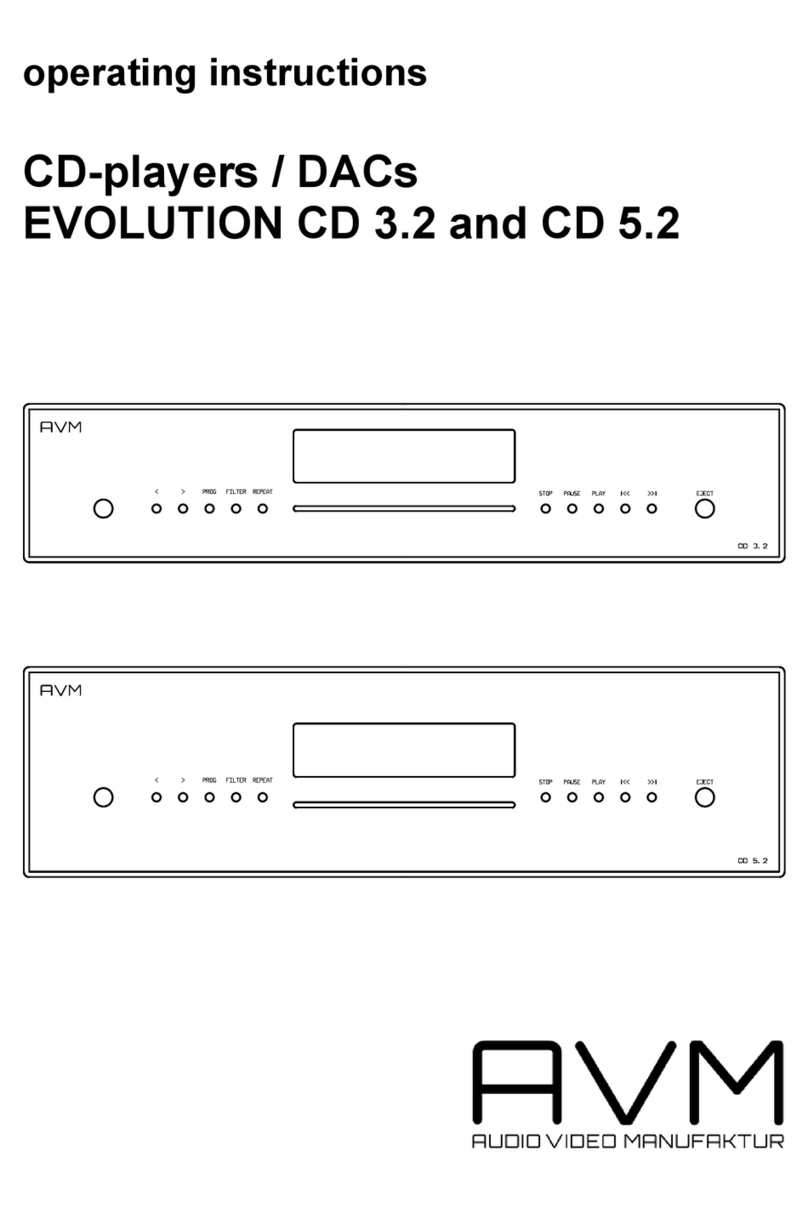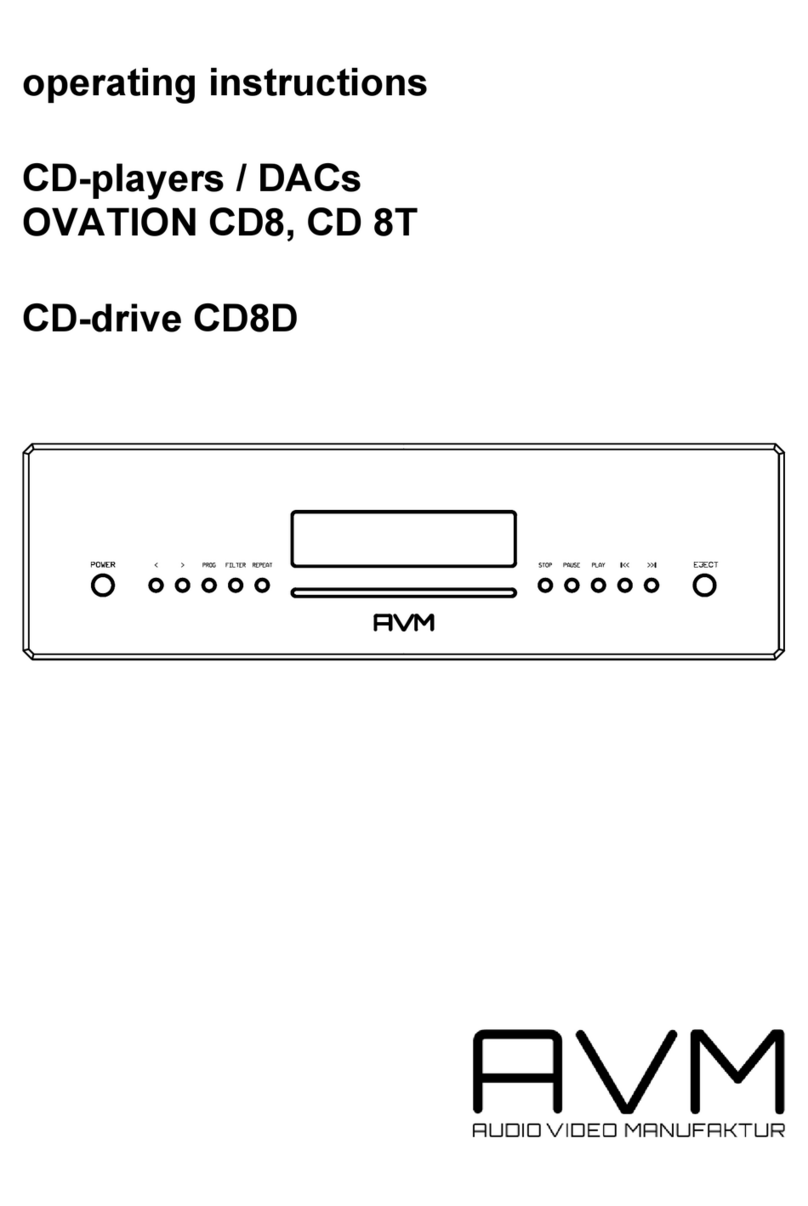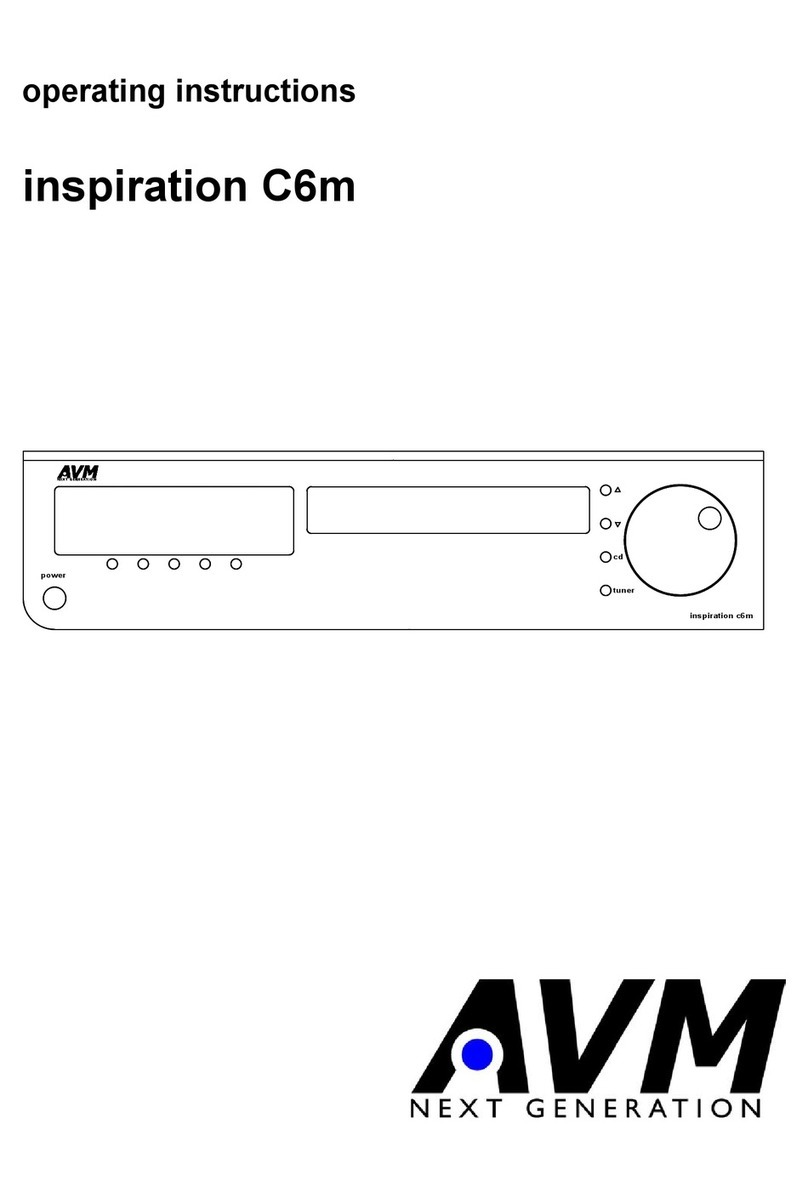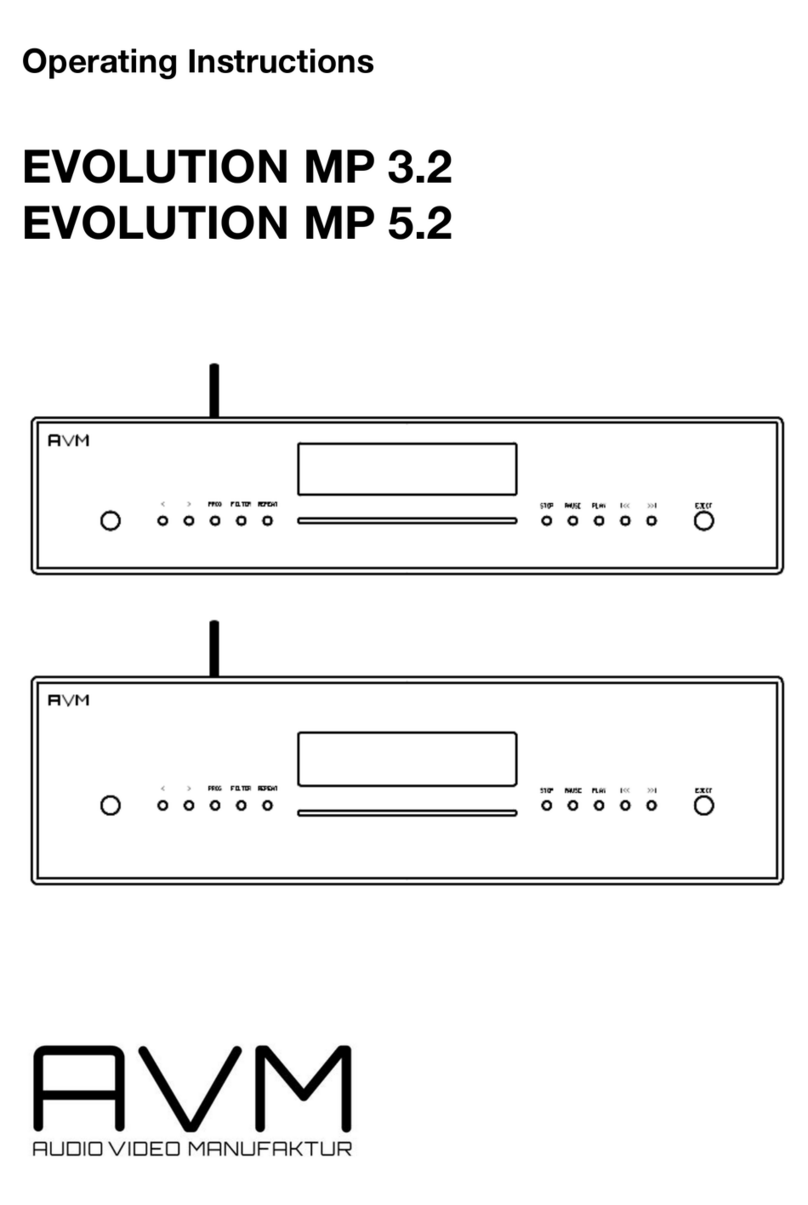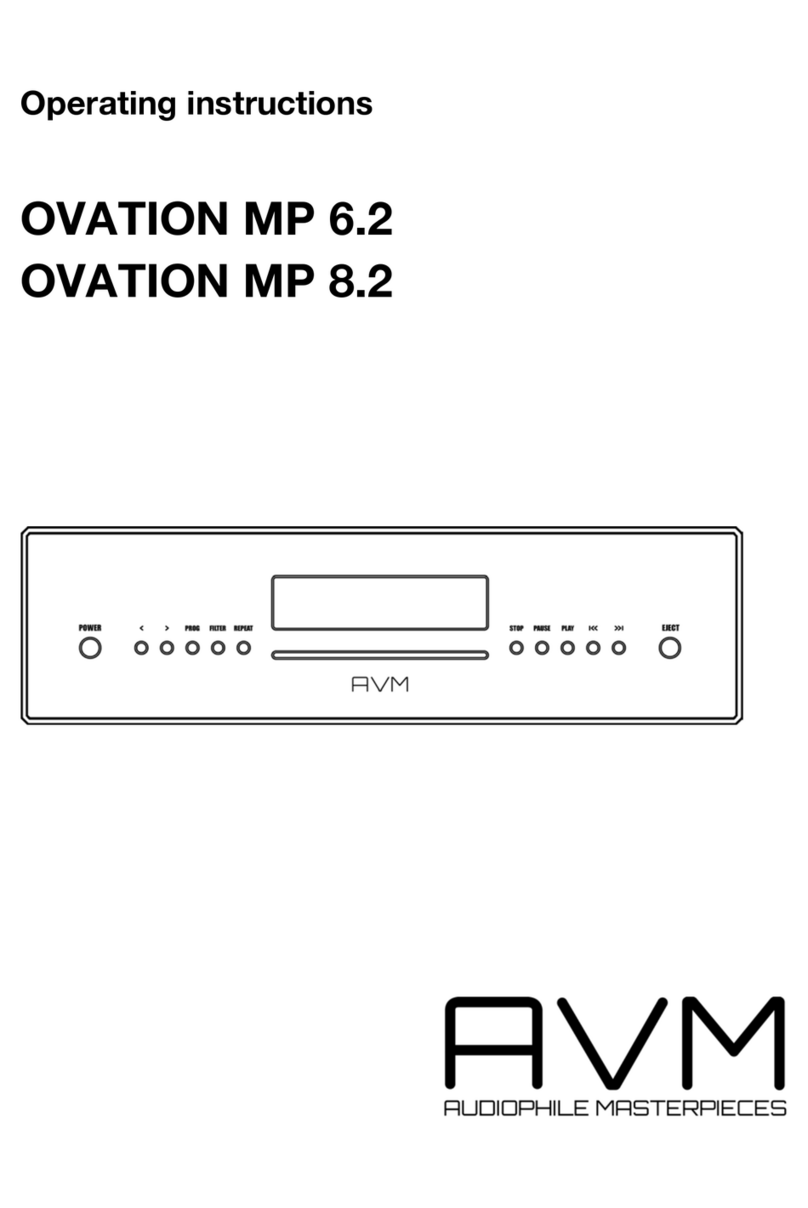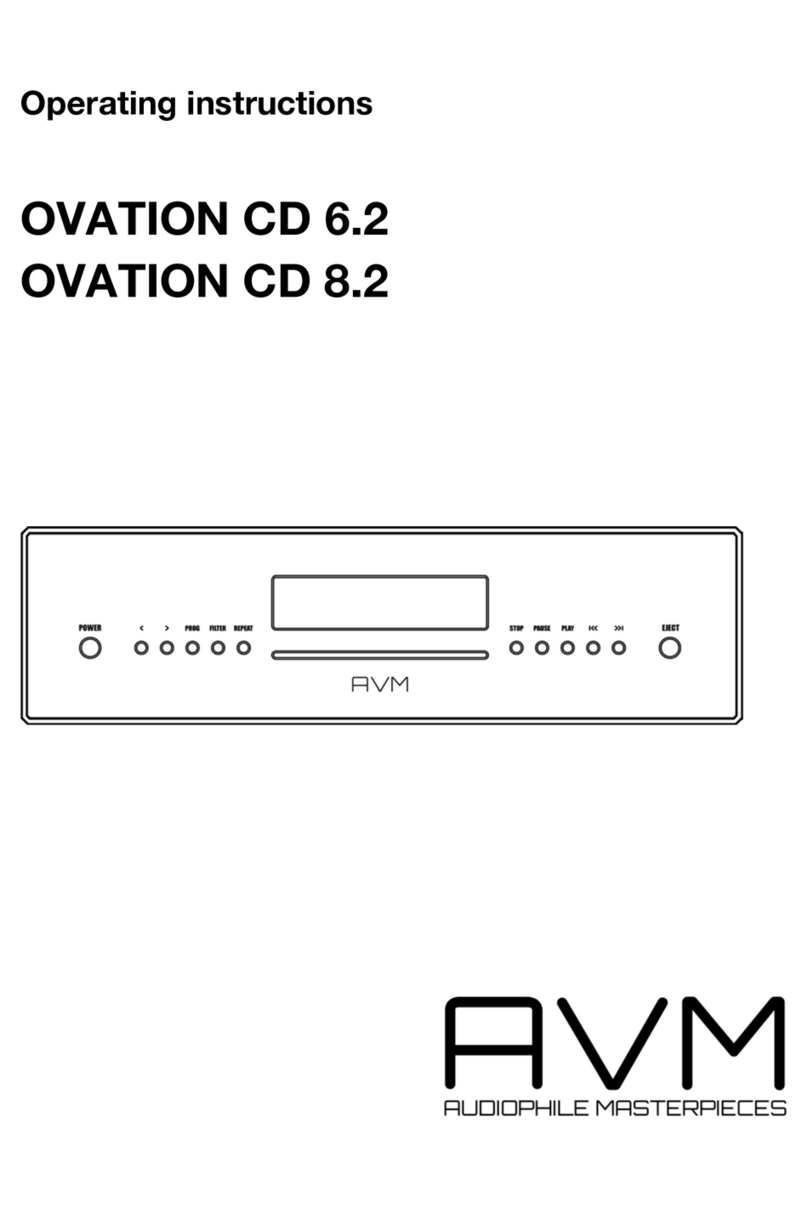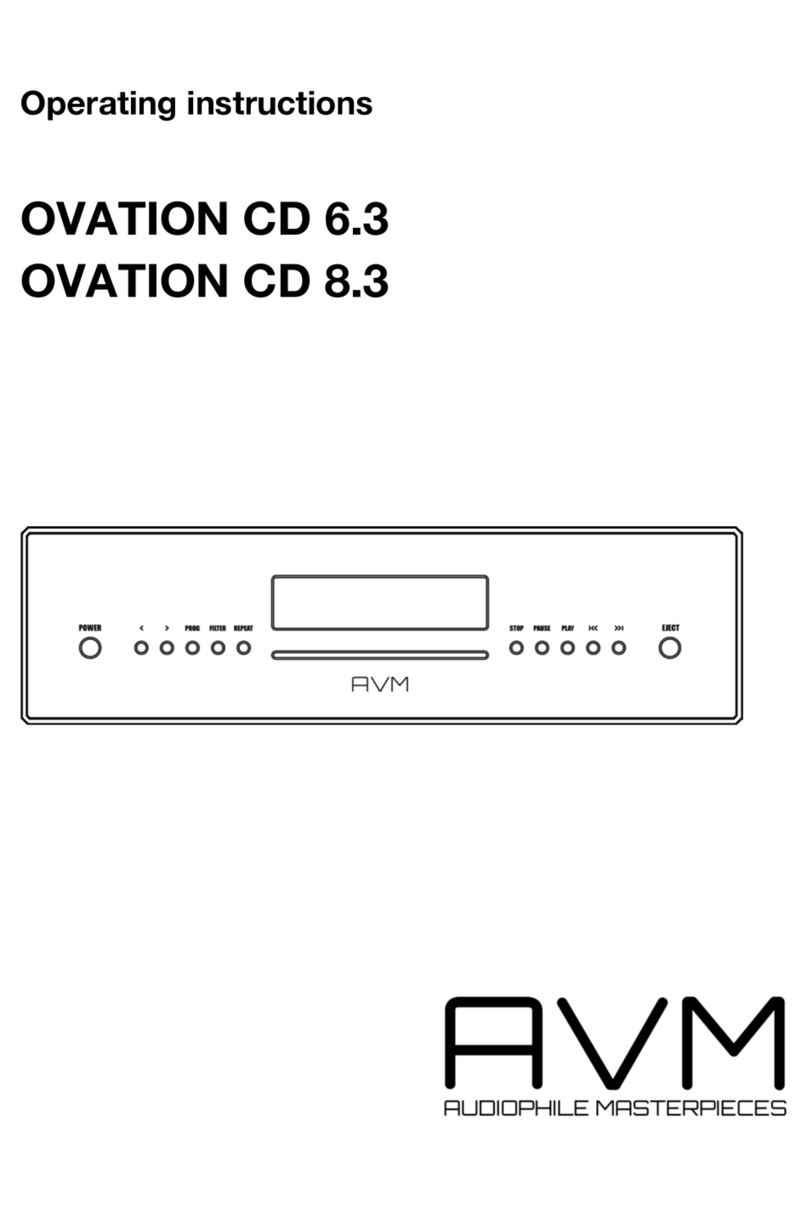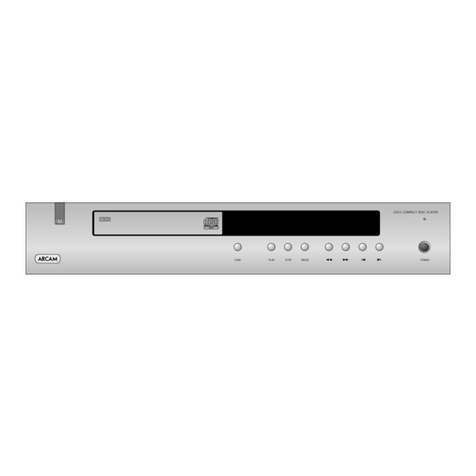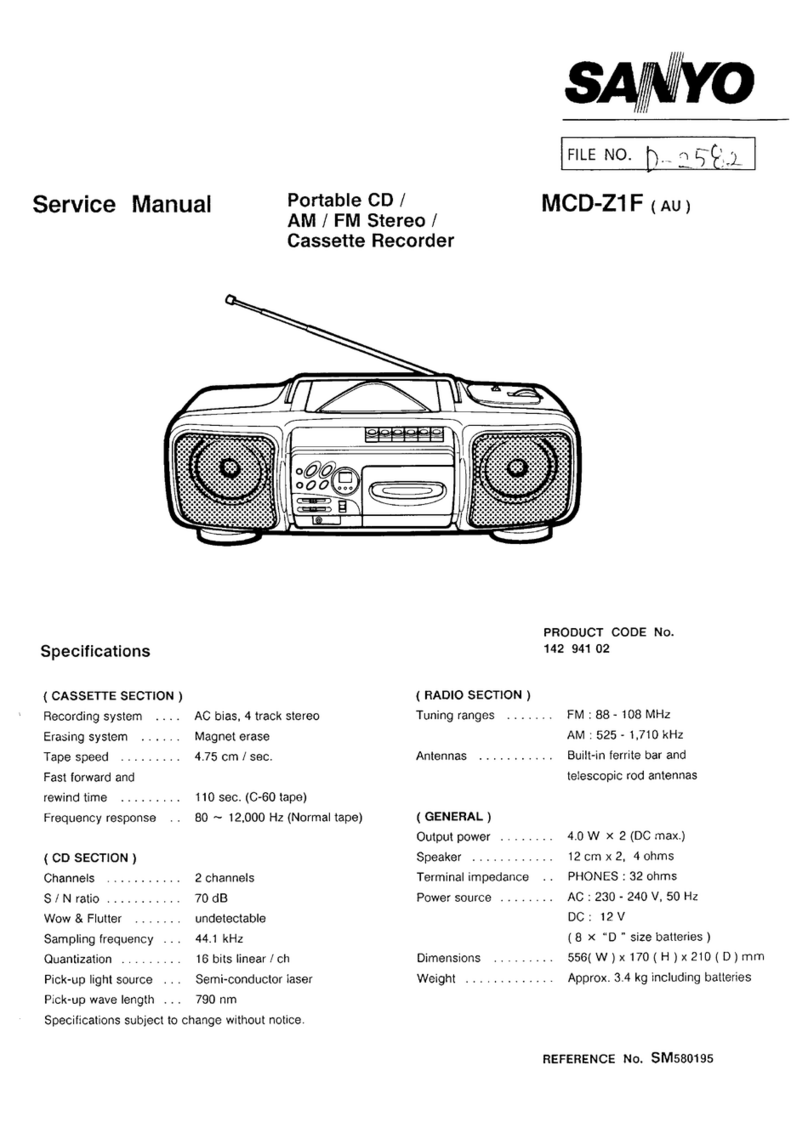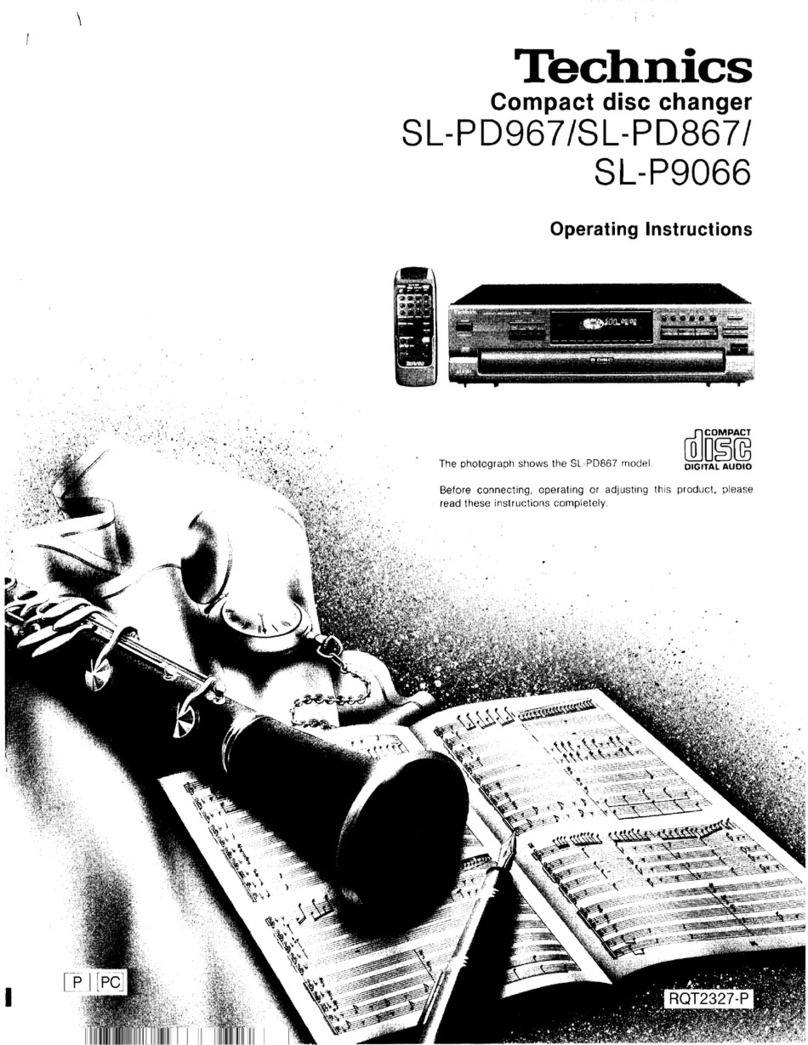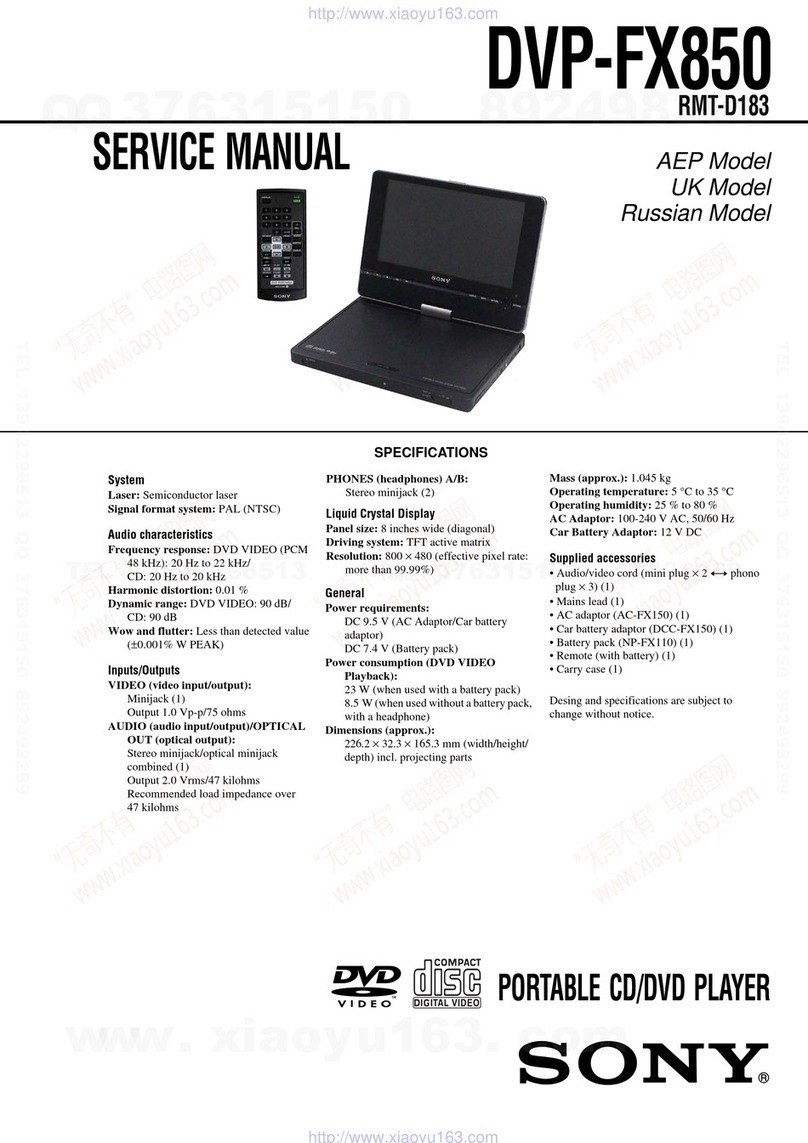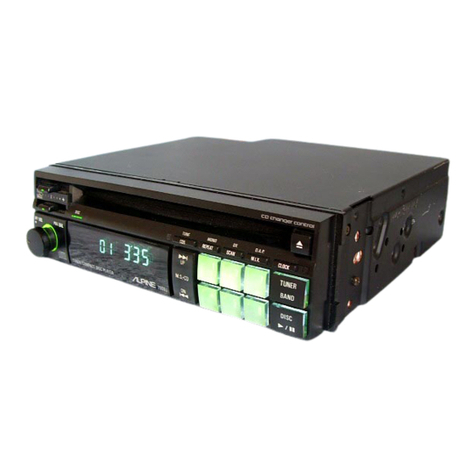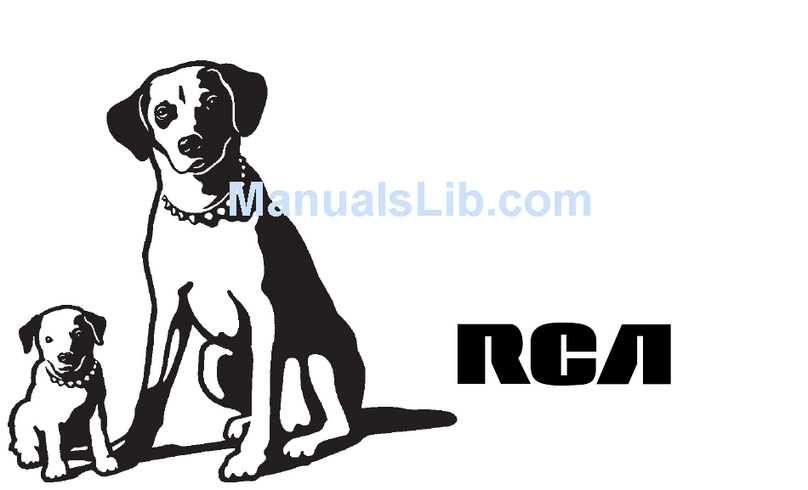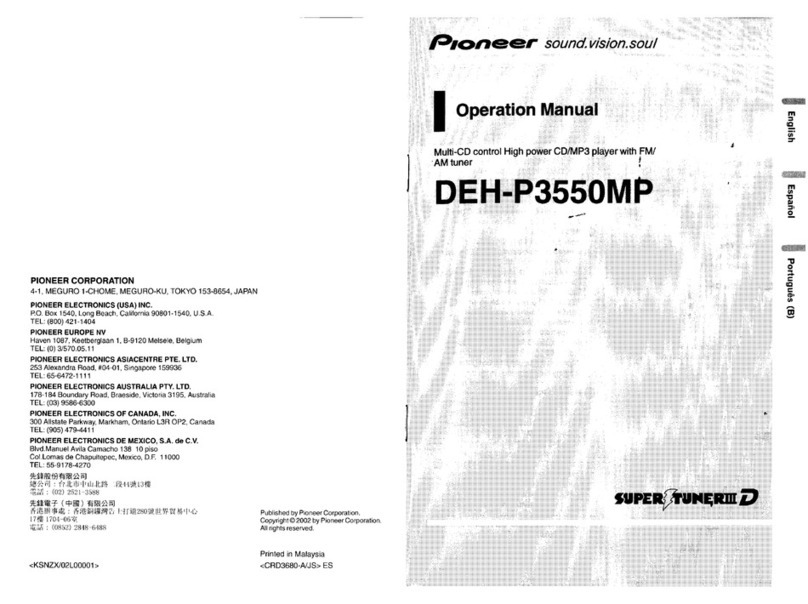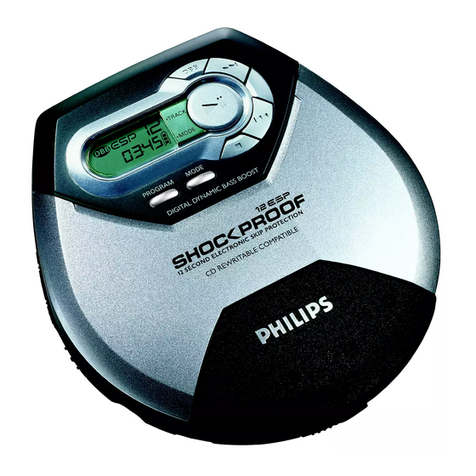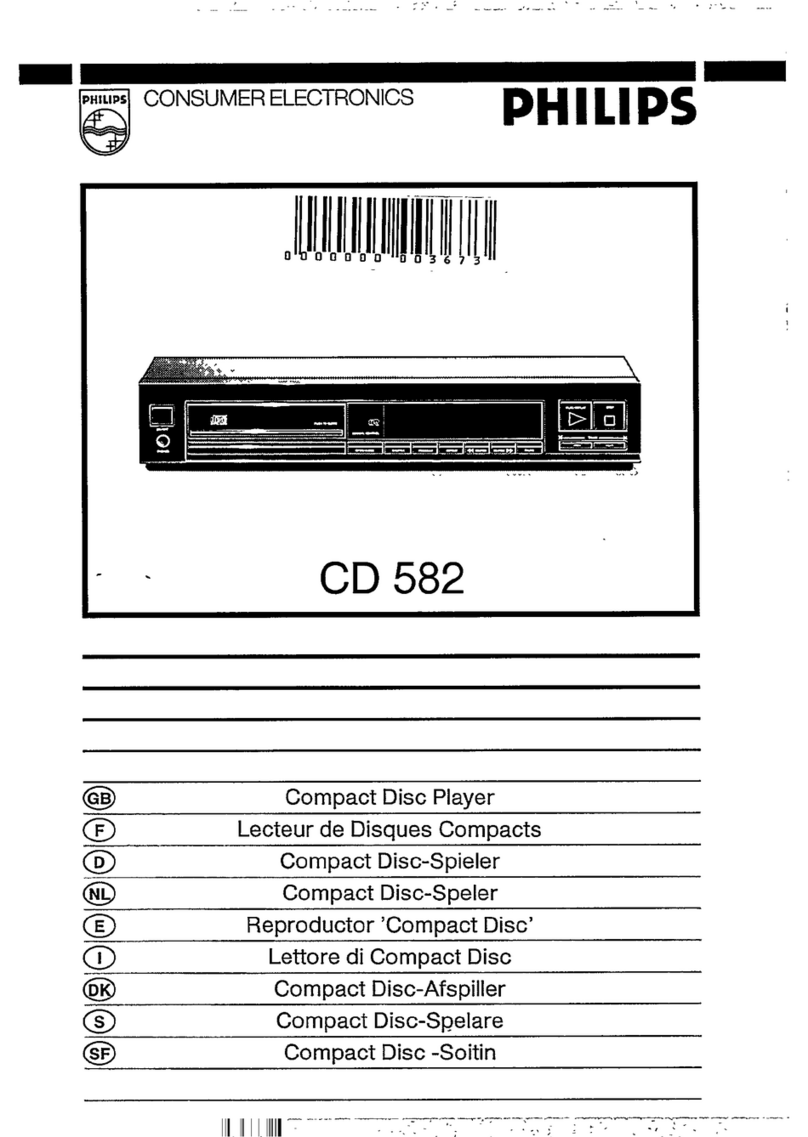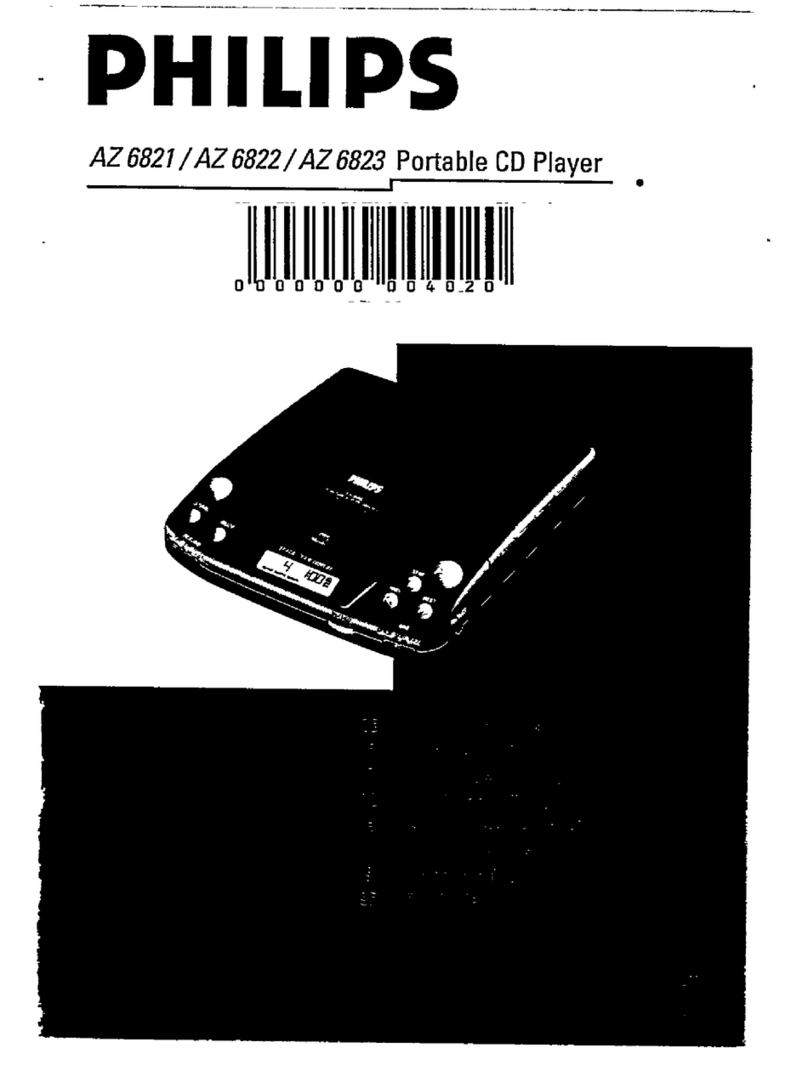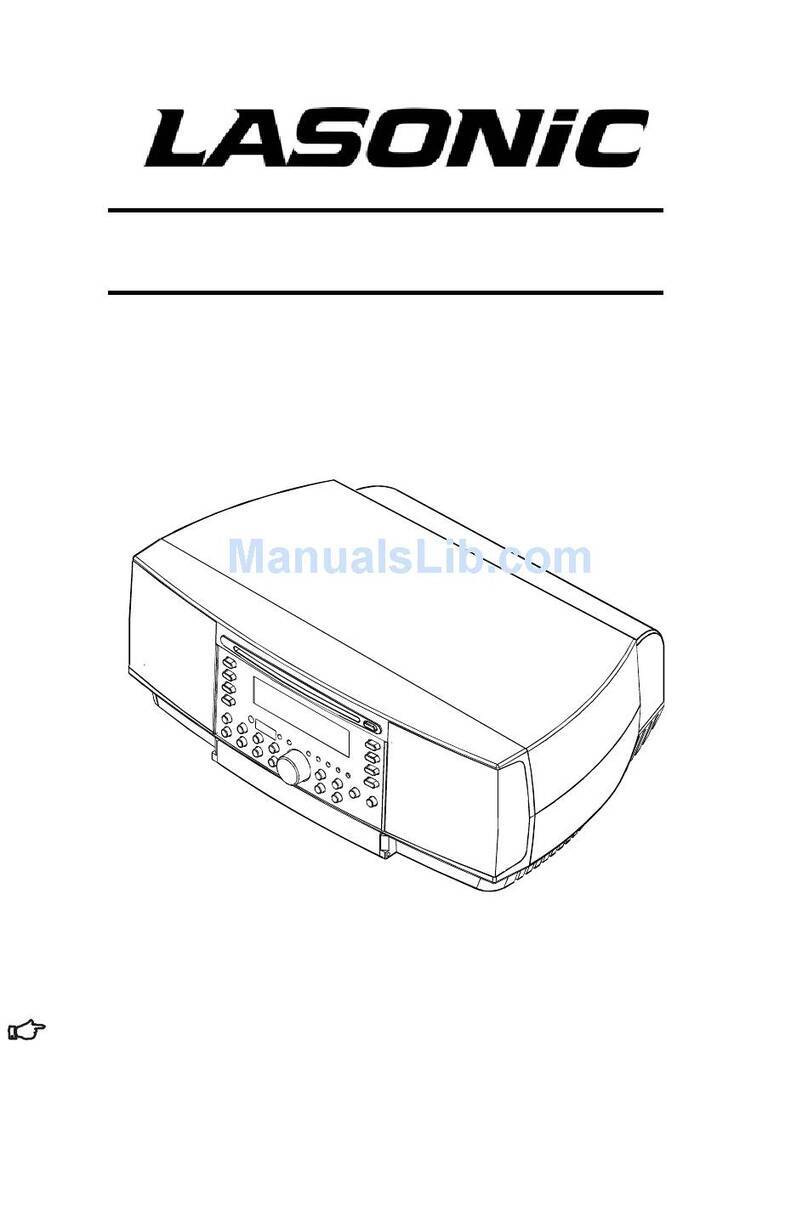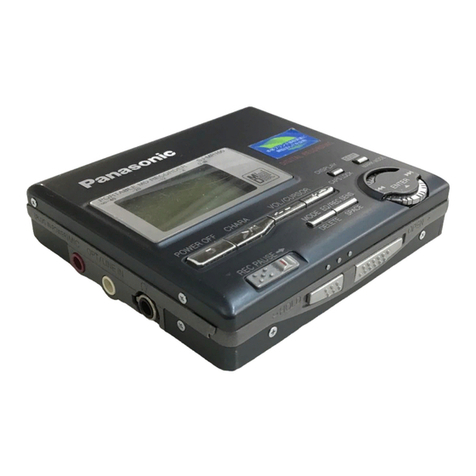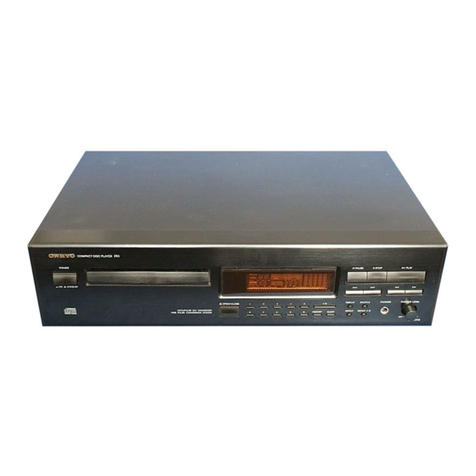relativity of the needed frequencies always remains exactly equal and therefore
all
assemblies are optimally
synchronized.
By
the
use of upsampling the stream of information
is
independent of the
44.1
kHz clock pulse. Intermediate
storage
in
abuffer followed
by
its chronologically
correct
output ensures
that
the converter
is
not
affected
by
drive induced jitter.
The front of the
C02
is
clearly defined and contains
all
of the operating elements necessary for the basic
functions.This permits clarity and simplicity of operation.
Of
course the
C02
can do much more:Title pro-
gramming and special functions, such as the ability
to
switch the digital filter, are available through the remo-
te
control.
MECHANICAL
CONSTRUCTION
The modules, power supply, drive controller,
output
stages are situated on separate
IC
boards.This reduces
mutual influence
to
aminimum. The casing of the
C02
is
manufactured from magnetically protecting steel
plate.
The
built-in power transformers are of the low-scatter toroidal type.
The
output
sockets of the
C02
have
surface treated contact areas
to
promote good contact and durability.
Epoxy resin circuit boards and the use of selected brand named,
high
quality components ensure
that
you
will
have alot of enjoyment from your
AVM
C02.
THE
POWER
SUPPLY
In
the
same
way
that we believe
that
separation of the drive and the
O/A
converter provides
an
optimal
tonal solution due
to
the absolute freedom from reaction it
is
also
our
opinion
that
the individual modules
of aCO player should
not
mutually influence each other. For the reason
the
C02
has
two
power supplies
that
are
fed
from low impedance toroidal transformers.
One
is
mainly for
the
supply of
the
servo electro-
nics
or
alternatively the audio digital section whereas the
other
delivers current
to
the
O/A
converter and
output
stages
THE
DIGITAl
SECTION
The
output
signals of
the
drive are received
by
the sampling rate converter
CS
8420.This increases
the
pulse
rate of the data bits from
16
Bit/44.1 kHz
to
24 Bit/96 kHz
or
alternatively 24 Bit/88.2 kHz.This integrated
circuit removes any existing jitter completely from the
signal
(up
to
the physically unavoidable minimum)
before it passes it
to
the
digital
filter.
The
digital
filter situated behind
the
sampling rate converter ensures that unwanted frequency components
(aliasing) are removed from the signal
flow.
For this purpose two filter variations are available.
In
the selec-
tion "sharp" the
signal
amplitude
falls
steeply at the end of the transmission range whereas
the
selection
"slow" causes aflatter
fall
off of the amplitude towards the cut-off region.With both variants the complete
audio bandwidth
is
retained so that you can adjust
the
tonal qualities of
the
C02
to
your listening prefe-
rences.
22
